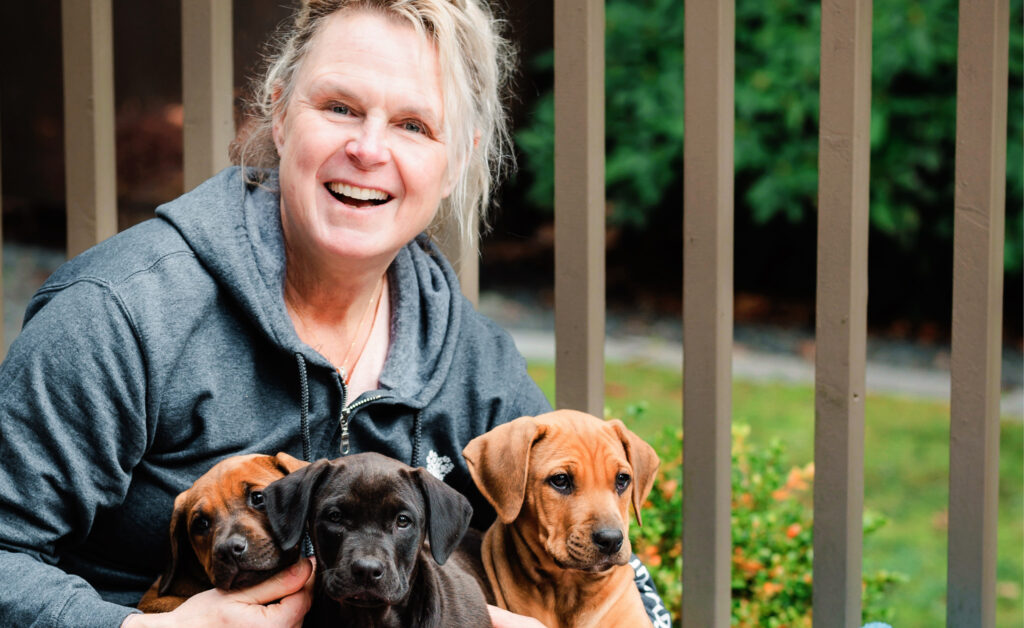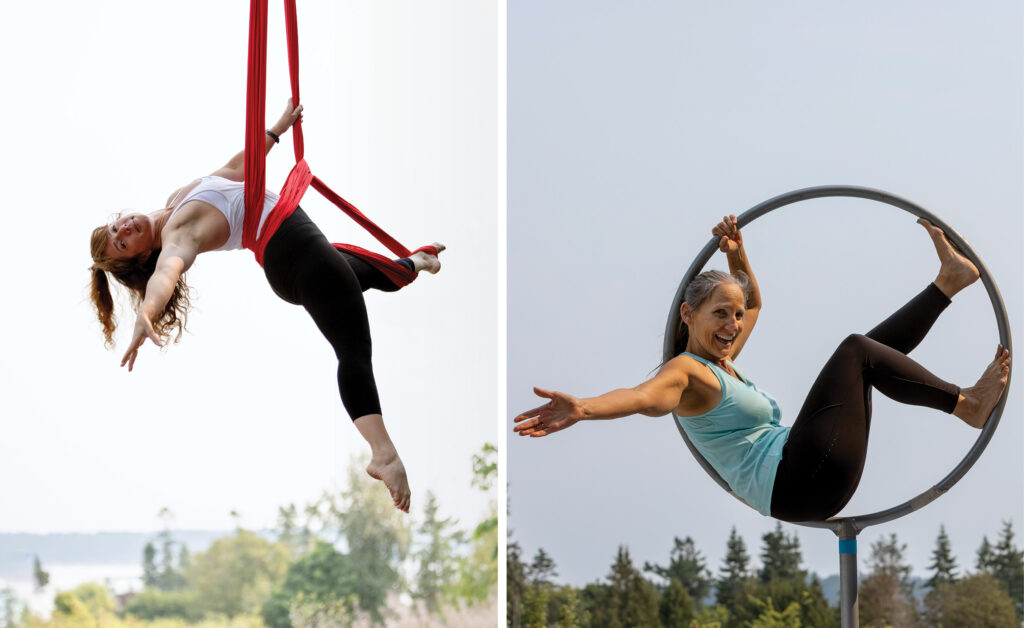Editorial Director Deborah Rogers Chats with Jacqueline Jim, SENĆOŦEN Immersion Teacher, Language Coach and Member of the First Nations Education Steering Committee
Four of the W̱SÁNEĆ first nations, W̱JOȽEȽ(Tsartlip), BOḰEĆEN(Pauquachin), W̱SIḴEM(Tseycum) and SȾÁUTW̱(Tsawout), created the ȽÁU, WELṈEW̱ Tribal School in 1989, teaching students from preschool to grade 10. The introduction of full language immersion teaching is still very new and the students in your school are some of the only SENĆOŦEN speakers in the world. How do you use this thought to inspire young learners, and what do you hope learning their own native language will do for them and their community?
My hope is to see language spoken naturally in the homes of our community members. I am inspired and encouraged by this work because I often envision our immersion students 30 years from now. It is my hope that many of them will be teachers, mentors, advocates, parents, elected leaders, and fluent SENĆOŦEN speaking people. I hope learning SENĆOŦEN builds confidence and pride in our students. Pride and confidence in using the language wherever they go and with their families in their own homes. I hope that they will join our team and help us with this movement and our efforts. We will become a stronger nation as a result of culturally relevant programming. We will become more confident in who we are as a people and pass on our knowledge and teachings to those will follow us. Our students are strong role models for their peers, for their families and their community, and that gives me hope. They are part of a very unique and special group, who are making positive changes at a very young age.
The ȽÁU,WEL,ṈEW̱ school is unique in the way it’s structured – with solid support from the school board – allowing a total immersion approach to language. In fact there are only two other schools in B.C. which follow the same approach to language revitalization. Your other role is as a language coach with the First Nations Education Steering Committee (FNESC); what does this involve and what are you learning about First Nations language teaching across B.C.?
In my role with FNESC I travel to different First Nations communities and support language teachers with the implementation of the First Nations Language Essentials curriculum. This curriculum was developed by Dr. Kathryn Michel, from Chief Atahm school, the first First Nations immersion school created here in B.C. It was created as a means to strengthen the oral language literacy of students learning their First Nations language. This curriculum uses well-researched language teaching methods that have been proven to develop strong oral language in immersion settings. This is the vision for our hundreds of nations that make up this beautiful province. We offer support to many language teachers who are not trained as a classroom teacher but are first language speakers in their community. It is rare to find a fluent speaker who is also formally trained as a teacher. So, we have to be unique in supporting these special teachers who have a great gift of language to share with our students.
Orange Shirt Day, September 30, is an opportunity for First Nations, local governments, schools and communities to come together in the spirit of reconciliation and hope for generations of children to come. Can you explain how your school recognized Orange Shirt Day this year, and used it as a learning tool for the students?
I hosted an Orange Shirt Day assembly this year and every student received a specially-designed orange shirt to wear for the day. I hosted the same assembly the year before and showed a YouTube video of Brian Sampson and Addie Elliott singing their song titled Re-educate which touches on the history of residential schooling. The video was created in collaboration with students from our school and was filmed on school grounds as well. So this year, I decided to invite Brian and Addie to perform live for our students and to share about their experience creating the video! It was a great opportunity to bring strong young role models into our school to discuss such a raw and emotional subject for our community in a way that young students could relate to.
Dr. Martin Brokenleg provides training worldwide for individuals who work with youth at risk. He speaks of the power of “Mobilizing Communities” where “populations display complex social patterns that are the result of history, Aboriginal youth display inter-generational trauma but usually receive symptom treatment. Returning to traditional Aboriginal ways of raising youth will restore youth to the heart and mindset that supported survival of indigenous peoples through many centuries.” How do you take this idea that “culture is subconscious” into your classroom and teaching methods?
I try my best to honour my students. I meet them where they are. I come from the same culture and was raised in a very similar fashion to many of my students. So, I show them love and a deep sense of care and compassion for their everyday struggles and their accomplishments. I have strong connections to many staff, students and families that I work with; that has been a great advantage. It has allowed me to have safe, trusting and respectful relationships with students and families. Before any kind of teaching can happen, there has to be safety, respect and love. My hope is that a higher level of learning can happen because we share the same values and culture on a deeper level. I think because culture is subconscious we have a deeper trust which many families still do not have with the education system.
You have achieved a lot at only 29! You have a Masters degree and are surrounded by other young women who have also risen to the occasion, breaking through barriers to further education and becoming role models for your community. Traditionally women have held important roles of leadership in First Nations communities, who or what motivated you on your path?
I was motivated to have an active role in my community because I wanted to become the role model I needed as a young person. I had good role-modeling from my mom and an older sister who both went to college and university while I was growing up and I was given the task of being the eldest of four sisters in my household so it was more of a job given than a choice to be a good role model and a teacher for those who followed behind me. I remember my mom telling me that my sisters look up to me and I need to show them how I do things because they are watching me and want to do what I’m doing, and so naturally I became their teacher.




